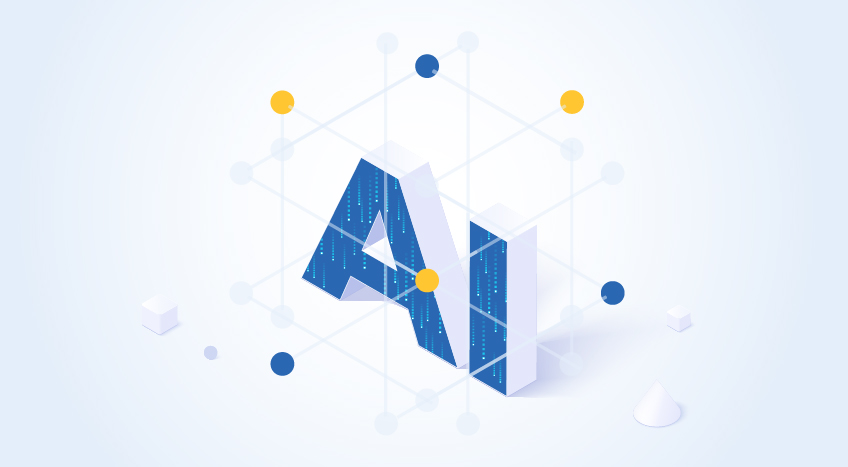In today’s fast-paced tech world, testing software efficiently and accurately is more crucial than ever. AI has stepped up to the plate, offering some powerful tools that can streamline this process. Let’s explore how AI can enhance software testing and look at some tools that are making a difference.
Why AI in testing?
Traditional testing methods can be time-consuming and prone to human error. AI brings to the table the ability to automate repetitive tasks, identify patterns, and even predict potential issues before they arise. This not only speeds up the testing process but also improves accuracy, giving teams more confidence in their software releases.
Benefits of AI in testing
- Efficiency: AI automates repetitive tasks, reducing the time required for testing and freeing up testers to focus on more complex issues.
- Accuracy: AI can detect patterns and anomalies that human testers might miss, leading to more reliable test results.
- Adaptability: AI tools can learn from previous tests and adapt to changes in the software, minimizing the need for constant updates.
- Cost-effectiveness: By reducing manual effort and increasing test coverage, AI tools can lower the overall cost of testing.
Getting started with AI testing
To start leveraging AI in your testing processes, consider these steps:
- Identify needs: Determine which areas of your testing process could benefit most from AI. Is it test automation, visual testing, or something else?
- Choose tools: Research and select AI tools that fit your needs. Many tools offer free trials or demos, so take advantage of these to find the right fit.
- Integrate gradually: Introduce AI tools gradually into your testing process to manage the transition smoothly and ensure they work well with your existing tools and workflows.
- Monitor and adjust: Regularly review the performance of your AI tools and adjust settings or workflows as needed to maximize their benefits.
Codeium: Advanced test automation
Codeium is an AI-driven test automation platform designed to simplify and accelerate the testing process. It focuses on leveraging machine learning and AI to handle various aspects of test creation, execution, and maintenance.
Key features of Codeium:
1. Automated test creation
- AI-powered generation: Codeium utilizes AI to automatically generate test cases based on application behavior and requirements. This reduces the time and effort needed to write test scripts manually.
- Contextual understanding: The tool understands the context of the application under test, allowing it to create relevant and effective test scenarios.
2. Smart test maintenance
- Dynamic adaptation: Codeium’s AI continually monitors changes in the application and adjusts the test cases accordingly. This helps in maintaining the accuracy of tests without extensive manual updates.
3. Visual testing capabilities
- UI consistency checks: The tool includes visual testing features that can detect UI inconsistencies and ensure that the user interface meets design specifications across different devices.
Benefits of Codeium in testing:
- Efficiency: Automates test creation and maintenance, saving time and reducing manual effort.
- Accuracy: Adapts to changes in the application, ensuring tests remain relevant and effective.
- Enhanced coverage: AI-driven test generation helps ensure comprehensive test coverage, identifying potential issues early.

Tabnine: Intelligent code assistance
What is Tabnine?
Tabnine is an AI-powered code completion tool that enhances productivity by providing intelligent code suggestions. While its primary focus is on coding, its benefits extend to testing by improving the quality and efficiency of test code development.
Key features of Tabnine:
1. Context-aware code suggestions
- Smart completions: Tabnine offers context-aware code completions and suggestions based on the current code and coding patterns. This helps in writing test code quickly and accurately.
- Predictive coding: The AI engine predicts and suggests the next segments of code, including test cases and assertions, speeding up the coding process.
2. Wide language and IDE support
- Versatile integration: Tabnine supports a wide range of programming languages and integrates with popular IDEs, making it adaptable to various testing environments.
3. Customization and learning
- Personalized suggestions: Tabnine learns from your coding style and can be customized to fit specific project requirements or team standards. This helps in maintaining consistency in test code.
Benefits of Tabnine in testing:
- Increased efficiency: Provides rapid code completions, reducing the time needed to write and update test cases.
- Improved accuracy: Helps in reducing errors in test code by offering precise and contextually relevant suggestions.
- Consistency: Promotes consistency in test code by learning and adapting to your coding patterns.
Combining Codeium and Tabnine
Enhanced testing workflow:
- Integrated approach: Using Codeium for test automation and Tabnine for coding assistance can create a seamless workflow. Codeium handles the heavy lifting of test automation, while Tabnine accelerates the writing of test code and test scripts.
- Increased productivity: By automating test creation and leveraging intelligent code completions, teams can focus more on strategic aspects of testing rather than manual code management.
Improved code quality:
- Reduced errors: Codeium’s smart test maintenance and Tabnine’s accurate code suggestions work together to minimize errors in both test code and application code.
- Enhanced test coverage: AI-driven test generation from Codeium ensures comprehensive testing, while Tabnine’s suggestions help in crafting detailed and effective test cases.
Leveraging AI in software testing enhances efficiency, accuracy, and scalability. AI-powered tools automate repetitive tasks, predict potential issues, detect bugs faster, and optimize performance. By integrating AI, testing teams can focus more on innovation and less on manual processes, ensuring quicker and more reliable software releases. Embracing AI-driven testing can be a game-changer in achieving both speed and quality in the development lifecycle.















